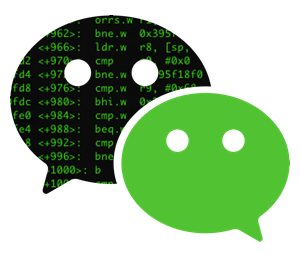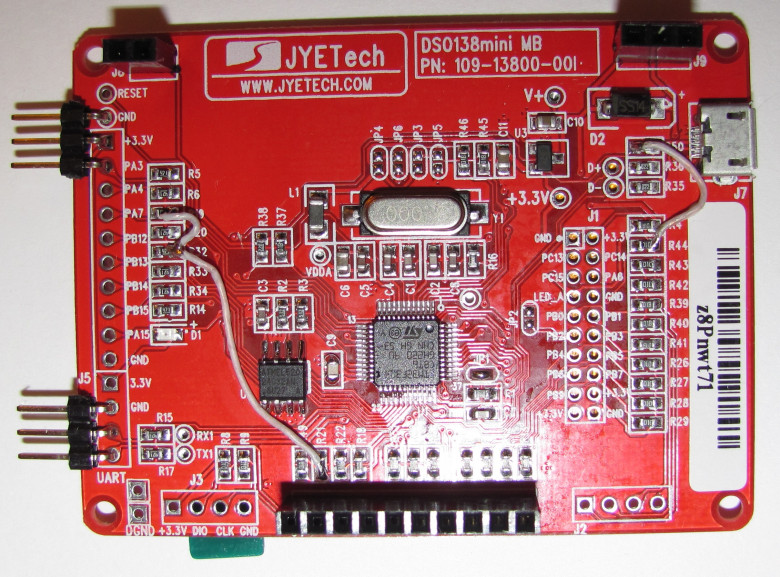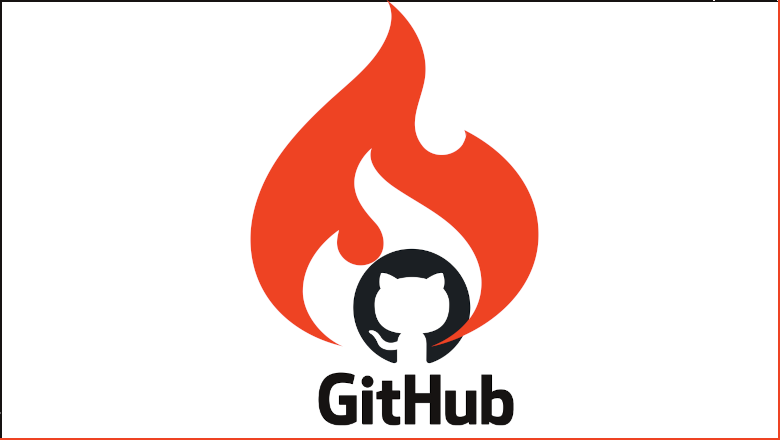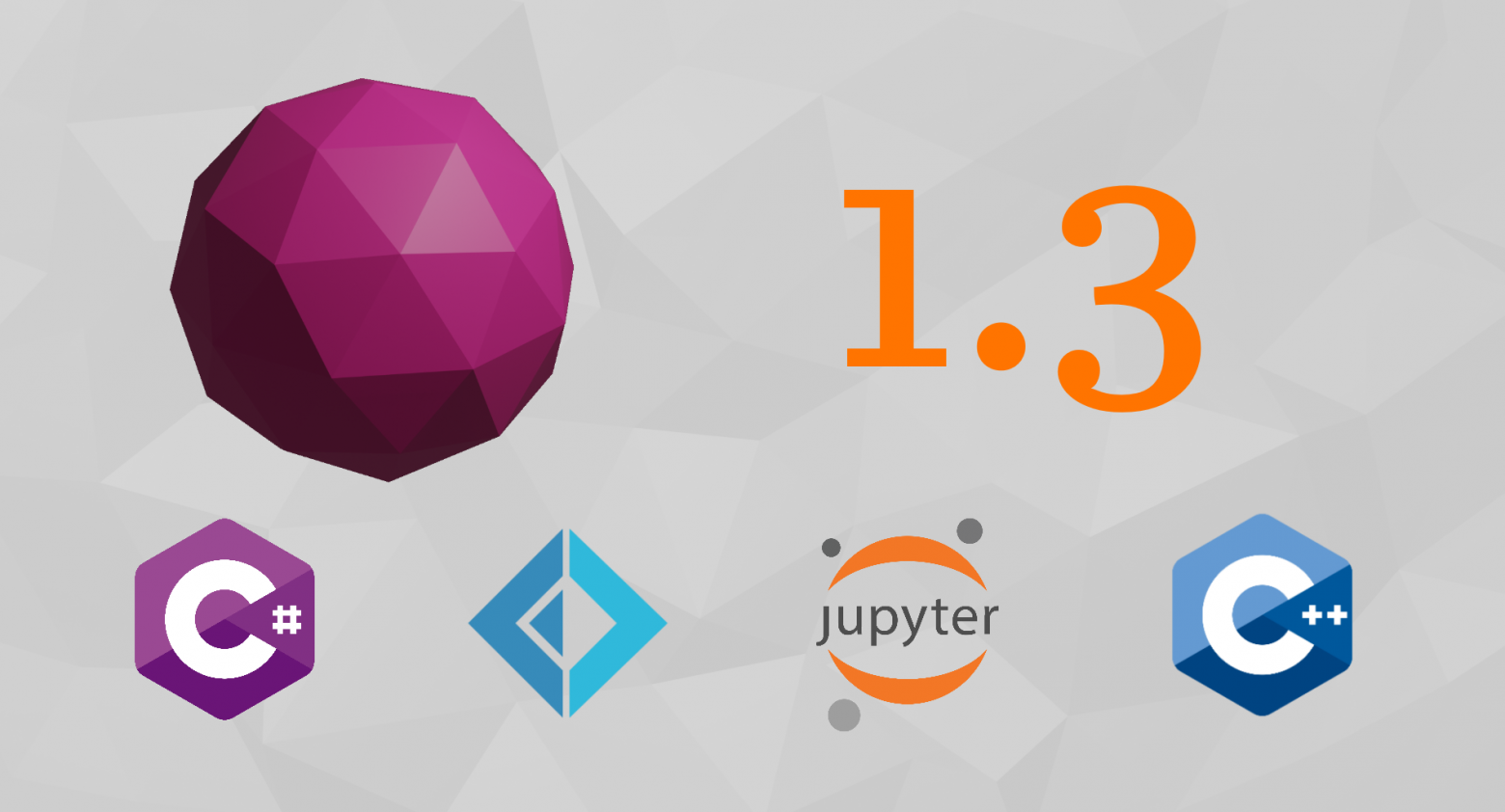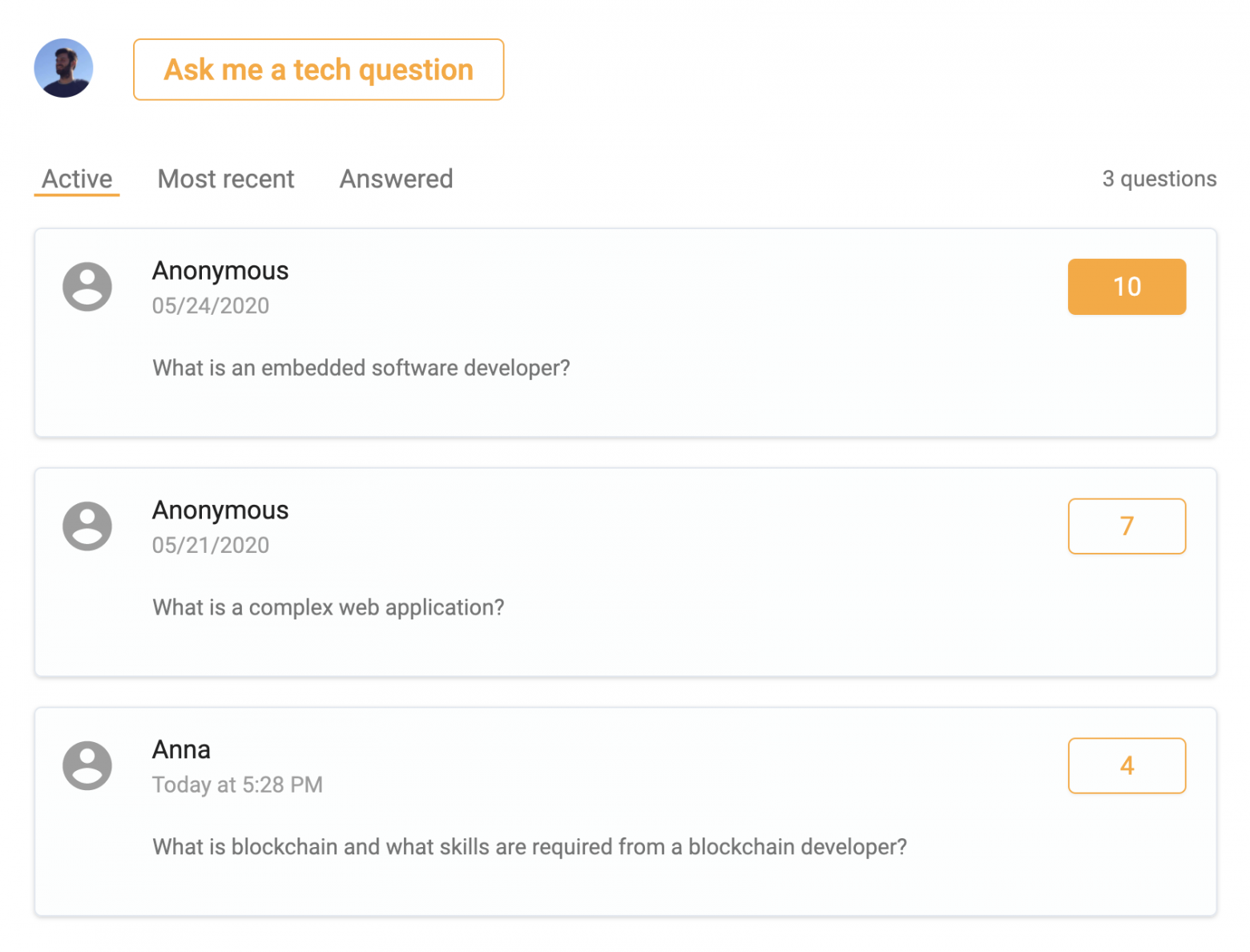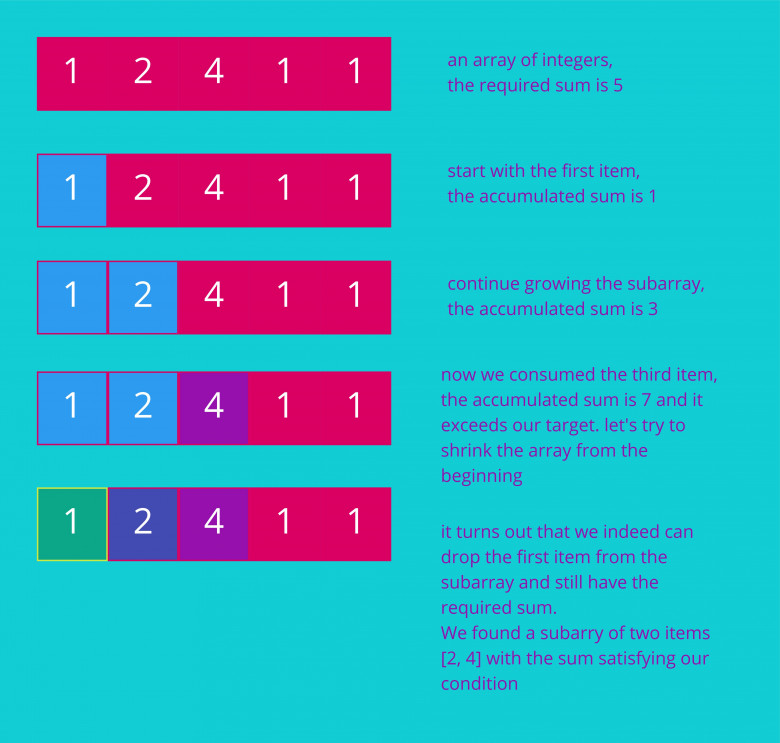Music on the Commodore PET and the Faulty Robots
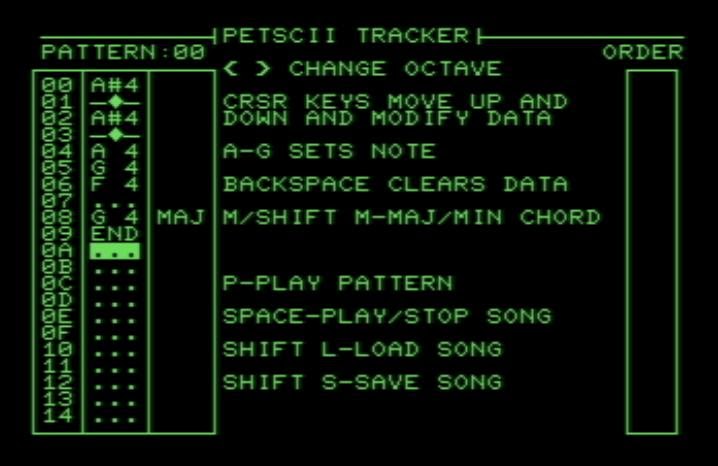
After completion of the System Beeps, I wasn’t planning to make another stand alone album release with the pseudo polyphonic music, as I felt the topic had been explored enough. This, however, wouldn’t mean I couldn’t apply the experience and skills gained to make more utilitarian stuff, like an actual retro game OST or an old school demoscene project. Such an opportunity arose in Autumn 2020, as David Murray of The 8-bit Guy Youtube channel fame announced his new game to be in development, the Attack of The PETSCII Robots for Commodore PET and some other Commodore 8-bitters. As I previously worked with David on his previous big release, Planet X3 game for MS-DOS, and this was a perfect opportunity to satisfy my interest towards the pre-graphics era PCs as well as apply my vast experience both in the minimalistic computer music and 6502 assembly programming, I offered my services that had been accepted. Besides the sound code I also had hopes to participate as a music composer this time.
Unfortunately, this time the project didn’t went well on my side, and lots of issues of all kinds eventually turned it into a small scale development hell (you can learn more from a series of posts at my Patreon blog) The end result was that my code and sound effects were only used in the VIC-20 port, and music for other versions has been created by other people. However, I was left with the full working code of the sound system for PET, and a number of music sketches. It would be a pity to file it into the archive, PET projects aren’t a frequent thing these days, so another chance to use the stuff wouldn’t come any time soon. So I got the idea to develop my music sketches into full songs, and release it as an alternative OST, and having David’s approval it has been done and released in the Winter 2021 as Faulty Robots, a small music album for PET that is available as a digital audio release and a runnable program for the actual PET computer.


